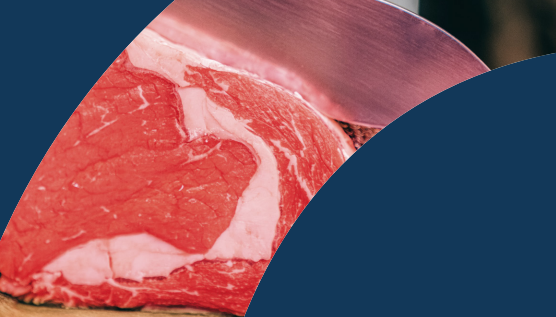The Scottish pig sector is continuing its recovery from the crisis of 2021 and 2022, according to Quality Meat Scotland’s (QMS) Red Meat Industry Profile report, which was presentated to stakeholders at this week’s Turriff Show.
Overall Scottish UK pigmeat supply was up 4% in 2024 from 2023, with abattoir production volumes up by the same amount.
“The pig sector continued its slow recovery from the financial crisis of 2021/22,” the report said. “Although pig prices dipped slightly from 2023 highs, an increase in slaughter numbers and improved margins supported confidence. Despite a competitive price advantage for EU pork, imports showed little growth, while strong domestic demand helped absorb the rebound in UK production.”\
The report shows that, on the surface, 2024 brought a more settled year for Scotland’s red meat supply chain.
This included combined farming and processing output for cattle, sheep, and pigs estimated to have risen by 2% from 2023, exceeding £2.7 billion. When economic ripple effects through the wider economy are considered, the sector’s total impact could have reached £3.5 billion of output and £1.05 billion of GVA in 2024, the report estimated.
It spotlights continued strong consumer demand for beef, lamb and pork alongside the critical longer-term risk to both the economic and social contributions made by the sector from perpetual declining livestock numbers.
Following on from the decline reported in June 2024, Scotland’s beef cow numbers were 3.6% lower than a year earlier in December 2024, leaving them down by nearly 15% in the past decade. There are now signs that the decline has slowed in the first half of 2025.
Meanwhile, the ewe flock fell for a third consecutive year, down 2.3% in June. These trends are concerning to sustainability up and down the red meat supply chain, but there is a clear economic opportunity for Scotland to fill the demand if collective action is taken, as highlighted in the current QMS and Scottish Red Meat Industry Resilience Group’s ‘Meating Our Potential’ campaign.
Addressing attendees from across the red meat supply chain, QMS Chief Executive, Sarah Millar, said: “With record high economic contribution in 2024, the latest data highlights that Scotland’s red meat sector remains a cornerstone of rural communities and a key contributor to the national economy.
“The evidence continues to reiterate demand for our renowned red meat is strong, with abattoir output rising 5% in 2024 to an estimated £1.14b.
“We know that there are underlying challenges in the farming sector impacting the critical issue of declining livestock, posing very real threats not only to our red meat sector but the wider economy, society and environment.”
Processing increase
Turnover from primary red meat processing in Scotland rose for a fifth consecutive year in 2024, lifting 5% to £1.14 billion. Higher beef and lamb revenues offset marginal declines in pork revenue and hide values.
However, rising livestock and production costs restricted improvements in processor margins. Employment in the processing sector fell further, reflecting both restructuring and productivity gains, while a tight labour market saw the proportion of workers from non-EU/EEA countries overtake EU/EEA nationals.
Iain Macdonald, market intelligence manager at QMS and author of the 2025 Red Meat Industry Profile, said: “Without intervention, the UK’s reliance on beef and lamb imports will only grow, potentially from countries with lower standards, at a time when geopolitical instability and climate change make food security more important than ever.
“Meanwhile, it’s vital that Scotland’s specialist sheep and pig sectors retain the confidence to keep investing in high-quality production that underpins rural livelihoods and supports healthy, balanced diets.”




